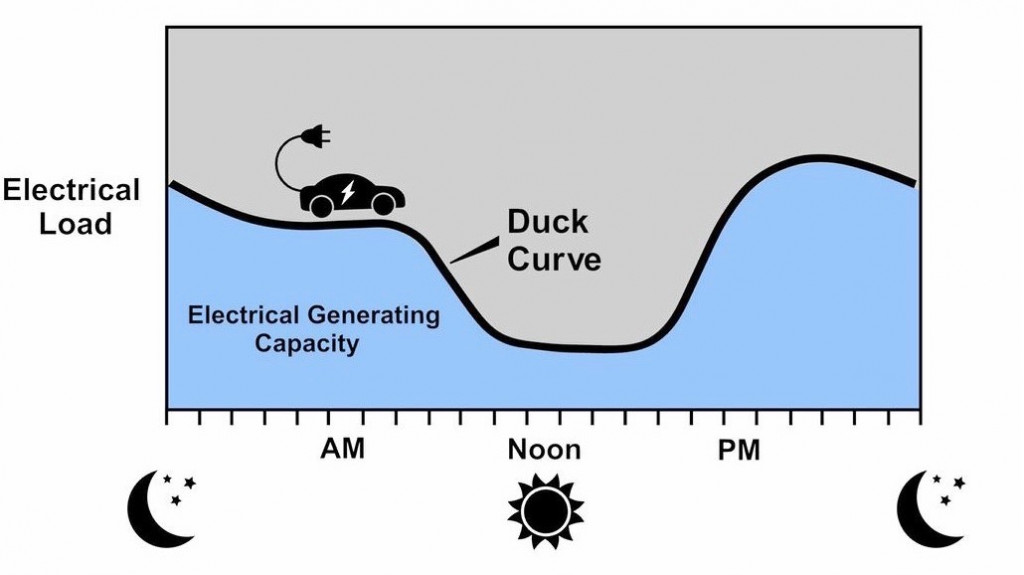Electricity grids in some United States cities may require upgrades to handle increasing numbers of electric cars, according to a new study from the United States Department of Energy's Pacific Northwest National Laboratory (PNNL).
"While we don't know exactly when the tipping point will happen, fleets of fast-charging vehicles are going to change how cities and utilities manage their electricity infrastructure," Michael Kintner-Meyer, a PNNL electrical systems engineer, said in a statement. "It's not a question of if, but when."
The study, which factors in passenger cars, delivery vans, and long-haul trucks, found that current grid infrastructure can support 24 million EVs—about 9% of current light-duty vehicle traffic in the U.S.—through 2028.
The grid could start to experience strain at 30 million EVs nationally, but some areas may begin to experience issues before that, according to the study.
EVs' impact on the grid depends largely on when vehicles are charged, according to the study. One fast-charging EV can draw as much power as 50 homes, the study said.
Large numbers of drivers charging their cars at home overnight could exacerbate the electricity-demand "Duck Curve," according to the study. The curve is based on moderate electricity demand in the morning, low demand during the day, and higher demand at night. Additional EV charging at night could cause too steep of a ramp-up in demand, the study said.

Electricity demand
Drastic changes in demand can cause problems for electricity-generating infrastructure, which can't be switched on and off instantaneously. Utilities are always looking to "balance" the grid by keeping demand and generating capacity in sync.
Researchers recommend more charging during the day, when demand is generally lower, and EVs can take advantage of solar power. That has the added benefit of reducing their overall carbon emissions.
The possibility of crashing the grid has been a persistent myth of electric cars, one debunked in previous studies. But Dennis Stiles, who oversees PNNL's energy efficiency and renewable energy research portfolio, noted that some cities are now planning for more fast-charging EVs by looking at "intelligent controls and other ways to modify their distribution systems and operations."
A system of smart charging based on levels of demand could also encourage more EV drivers to charge during off-peak times.
Startup Lightyear, meanwhile, has a more ambitious plan: to make EVs less dependent on the grid by adding solar panels. Lightyear has said its planned electric car, due in 2021, will "leapfrog the grid" by using a solar roof that can add up to 7.5 miles of range per hour.
Some have also argued that a pivot in energy investment this year—corresponding to sharp changes in demand due to the coronavirus pandemic—is a good time to green the grid.
